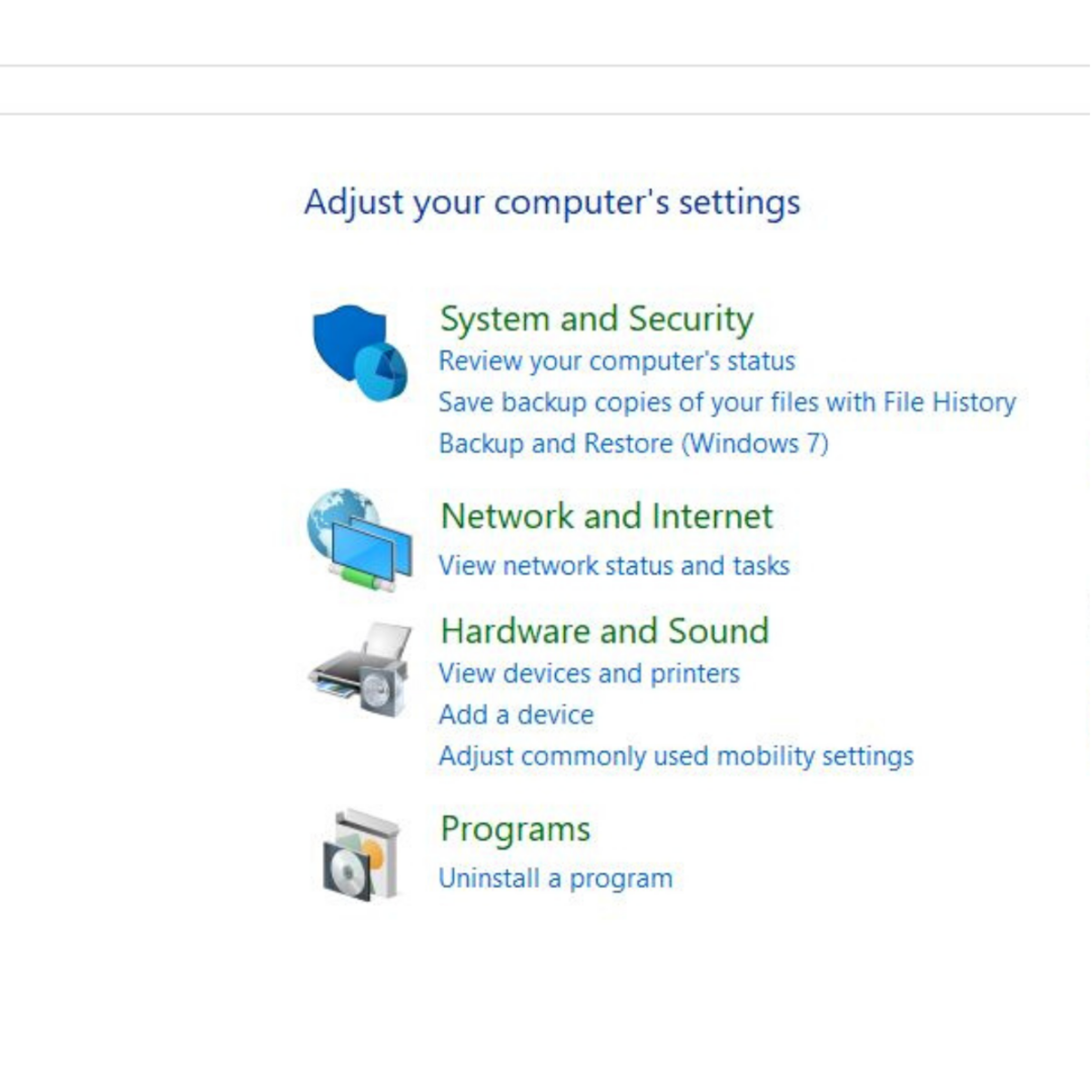
- How to connect macbook pro to monitor with closed laptop full#
- How to connect macbook pro to monitor with closed laptop software#
- How to connect macbook pro to monitor with closed laptop mac#
To do that, we’ll need to flip a few bits! Patching the EDIDįortunately, somebody else has already solved this. So, the solution we’re approaching is to override the Dell’s configuration, to lie to the operating system and claim it’s only able to speak RGB.
/001_how-to-connect-a-macbook-air-to-a-monitor-0cdb1a157f8440d8b24d59bdb09d3575.jpg)
If you check out /System/Library/Displays/Contents/Resources/Overrides/, you’ll find a bunch of override files for particular displays, going way back to old beige CRTs like the AppleVision 1710 (from 1995!). Given my Dell’s EDID, macOS will always choose YCrCb.įortunately, macOS has a built-in mechanism to override the EDID data provided by a display. I haven’t found a way to alter this decision. (I’m not sure whether it’s using 4:4:4 or the chroma subsampled 4:2:2)
How to connect macbook pro to monitor with closed laptop mac#
Excited to have met a language partner, my new Mac insists on conversing in YCrCb, instead of the the display’s native tongue of RGB. My Dell emits 11, meaning that it claims to support all three color modes. There are a couple of bits in the middle of byte 24 that specify the accepted color formats:ġ1 = RGB 4:4:4 + YCrCb 4:4:4 + YCrCb 4:2:2
How to connect macbook pro to monitor with closed laptop full#
The Wikipedia page helpfully provides the full spec. When a display is first connected, it identifies itself and describes its capabilities by providing a blob of bits called the Extended Display Identification Data ( EDID).
How to connect macbook pro to monitor with closed laptop software#
It’s also not possible to choose the color space in software on Mac OS. The menu option only seems to affect how the monitor interprets the signal it’s already receiving, rather than how the signal is negotiated in the first place. Unfortunately, I can’t just change the setting in the monitor. The only place I’ve encountered this one before is in component video, which is (confusingly) a trio of red, green, and blue RCA-style connectors that was used for high-end home theater before HDMI was a thing. YCbCr/ YPbPr is another color space, which represents colors with a black channel (“luminance”) and two different color channels (“chrominance”). If you’ve refilled ink on a printer, you may have encountered another decomposition: cyan/magenta/yellow/black (“CMYK”). If you’ve worked with colors on computers before, you’re probably familiar with representing colors as red, green, and blue components (“RGB”). I wasn’t sure whether this mattered until I started googling and found several other instances–going back several years–of users reporting poor image quality associated with this color format across various Macs and external displays. Eventually, I noticed something in the monitor’s settings: My new Mac was connecting with an Input Color Format of YPbPr, while my old Mac used RGB. To make sure I wasn’t crazy, I plugged in my old computer, and sure enough, it looked great! Comparing further, I couldn’t find any meaningful differences reported in software. Disabling it via LCD Font Smoothing helped somewhat, but the overall image was still noticeably worse than I had experienced before. My first hunch was that something was going wrong with this. I’m aware of modern operating systems’ use of subpixel rendering, individually manipulating the red, green, and blue components of a pixel to improve text rasterization. The effect varied with typeface and application, but it was universally distracting and difficult to read. Some narrow strokes appeared as blue or red blurs. There were strange color fringes on the edges of characters. It’s difficult to photograph, but it looked something like this: When I plugged it into my new Mac, the text looked terrible. It’s a pretty nice display with a bright IPS panel, good colors, and wide viewing angles. I’ve been using a 27″ Dell at work for a couple years, connected to my Mac via DisplayPort. In this post, I’ll describe what I learned and how I managed to fix it.Ģ021 Update: a small change is necessary to apply this post’s workaround to MacOS Big Sur. A low point of my first week came when I plugged into my external display, and the image looked really bad.

I’m enjoying the additional cores and memory (😀) and coming to terms with the touchbar (🤨). I recently upgraded to a 2018 MacBook Pro.


 0 kommentar(er)
0 kommentar(er)
